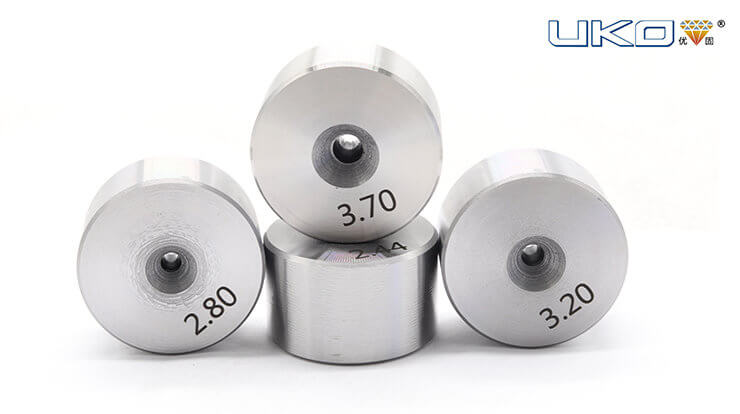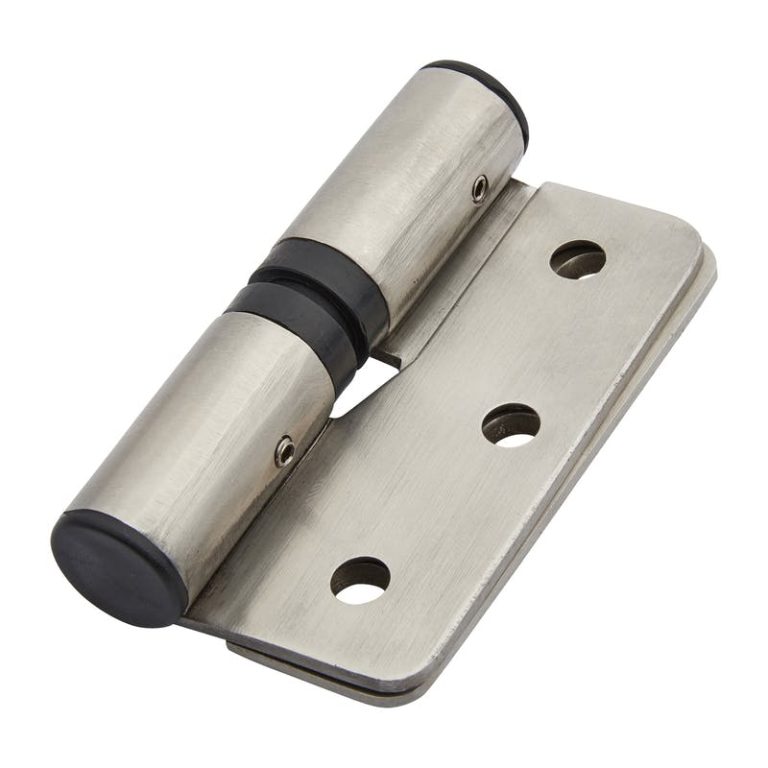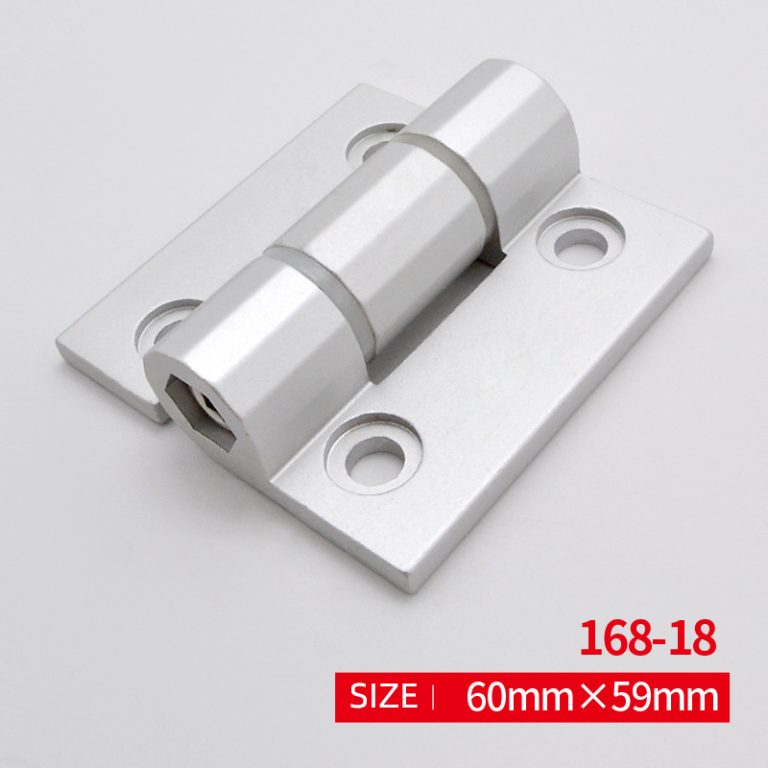What are the characteristics and performance of diamond? – UKO Blog

Diamond is a natural material with the highest hardness in the world and has excellent wear resistance. Diamond is an ancient and modern material for making wire drawing dies. The production of drawing dies with diamond began at the beginning of the 19th century. Up to now, diamond wire drawing dies still have their unique advantages. Due to the limitation of diamond production, price and performance, diamond drawing die can not be widely used. It was not until 1970s that the synthetic diamond was produced in batch that the diamond drawing die was widely used.
1. Physical properties of diamond
Natural diamonds are colorless, transparent, blue, yellow, light brown, gray and black. Although it is not necessary to pay attention to the color of diamond for wire drawing die, its grade is the closest to that of gemstone. Because the wire drawing die has to bear the pressure higher than the yield limit of steel wire, and the ore with internal cracks, defects, stains and other harmful defects will cause stress concentration and fracture of the drawing die, so it can not be selected.
The arrangement density of carbon atoms on each crystal face of natural diamond is different, and the hardness and wear resistance are very different. Therefore, it is necessary to judge the crystal face and select the crystal face with high hardness to perforate when making dies.
2. Synthetic diamond
Synthetic diamond is also known as sintered diamond or synthetic polycrystalline diamond, simple PD (poor crystal diamond) or PCD. According to the different types of micro powder before polymerization, synthetic diamond can be divided into two types: natural diamond powder polycrystalline and synthetic diamond micro powder polycrystalline.
(1) natural diamond micro powder polycrystalline mold: the natural diamond powder is sintered together again under the approximate diamond formation conditions (i.e., 50000 atmospheres, 1500 ℃), which is called thermally stable natural polycrystalline diamond (TSN). This kind of polycrystalline diamond does not use low melting point material as binder. It is thermally stable at 1200 ℃ and does not conduct electricity. When making the drawing die, the metal powder coat matched with expansion coefficient was sintered at 850 ~ 1050 ℃ to prevent fracture. The production of this kind of mould is restricted by conditions and difficult to make. Only De Beers company in UK can produce this kind of mould. At present, synthetic diamond powder polycrystalline mold is widely used.
(2) polycrystalline model of artificial diamond powder: polycrystalline diamond is a kind of polycrystalline diamond which is sintered at high temperature by using artificial diamond powder and adding binder metal cobalt. The particle size of synthetic diamond powder was 70 ~ 90 um at first, and 20 ~ 40 um fine powder was used in 1980’s, and now finer powder has been developed. The finer the particle size, the higher the strength and wear resistance.
Synthetic Polycrystalline Diamond completely overcomes the shortcomings of natural diamond in brittleness and anisotropic wear resistance. Compared with natural diamond, it has higher bending strength, is not easy to be broken, has more uniform wear resistance, and can greatly improve the service life of drawing dies.




